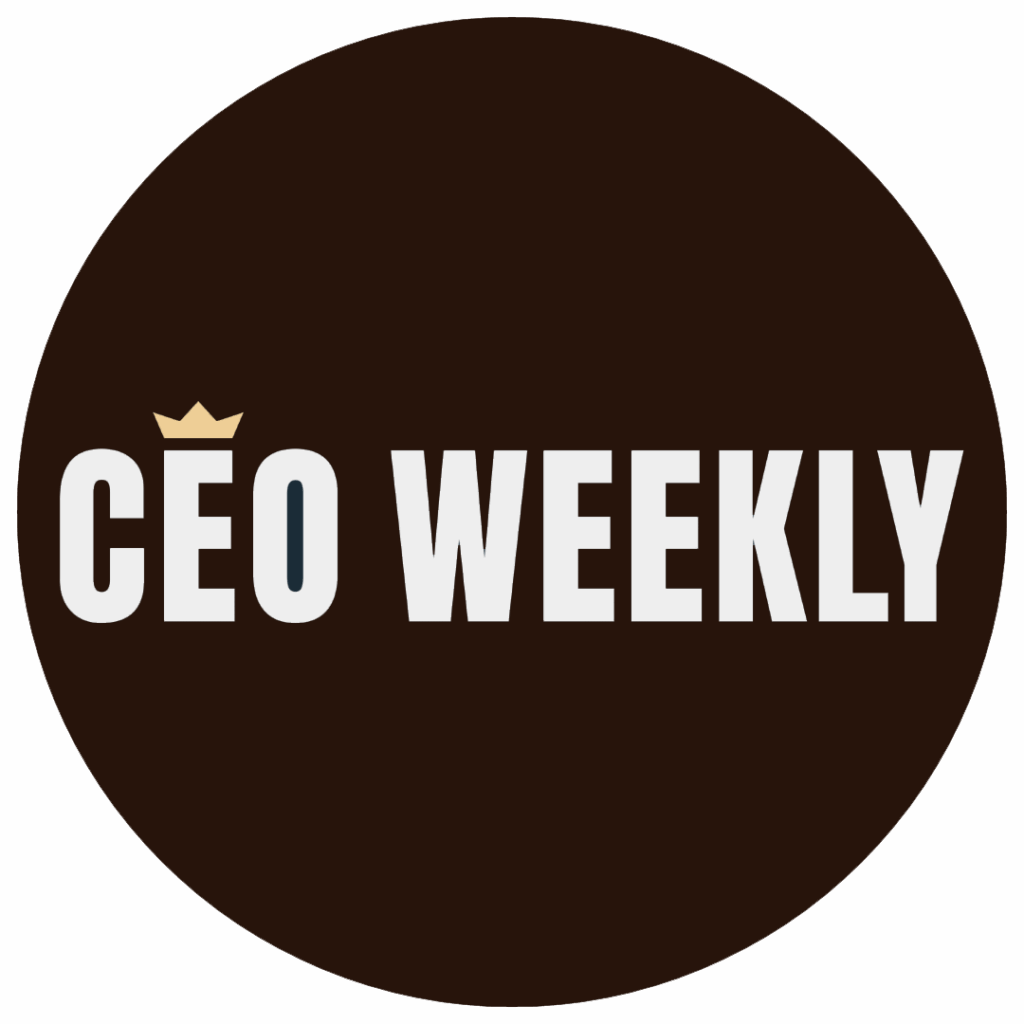By: Matt Emma
With the ever-evolving landscape of organizational leadership, few voices have influenced the conversation around Diversity, Equity, and Inclusion (DEI) as profoundly as Effenus Henderson. With over 40 years of experience in human resources and talent strategy, including a long tenure with a major natural resources company, Henderson has worked to bring DEI from the periphery to the center of business transformation. His work, refined through decades of structural redesign, workforce planning, and executive coaching, has led to a values-based framework for organizations: the 7Cs of DEI transformation.
Now the founder and CEO of HenderWorks Consulting and the author of SPINE: The DEI Backbone for Agility and Adaptability in a VUCA World, Henderson is guiding companies to integrate DEI into the core of their business, moving beyond simple HR compliance.
Before diving into the 7Cs, Henderson stresses the importance of laying the right foundation. “Diversity is the attribute of the collective,” he explains. “Equity is the structure and process designed to create equal opportunity based on merit. Inclusion concerns who is invited to contribute to decisions. And belonging, well, that’s the outcome. It’s about feeling seen, heard, and valued.”
This nuanced definition challenges common misunderstandings, like the notion of simply hiring a ‘diverse candidate.’ As Henderson points out, diversity is inherent in any group of people. The real question isn’t whether diversity exists, but whether systems and leaders are equipped to honor, include, and equitably support it. And that’s where the 7Cs come in—not as a checklist, but as a strategic rhythm for cultural transformation.
Too often, DEI is introduced into organizations as a stand-alone initiative, disconnected from the organization’s strategic goals. Henderson’s 7Cs model intervenes at that exact point, helping leaders integrate DEI deeply into business operations, product development, workforce systems, and leadership behavior, ensuring that DEI is not relegated to a side project.
But don’t expect a rigid formula. Henderson doesn’t subscribe to one-size-fits-all solutions. Instead, he urges leaders to think systemically, viewing the Cs as interconnected levers of change that shift in importance depending on organizational maturity, context, and leadership readiness. “There’s no plug-and-play solution here,” he notes. “The process must align with the organization’s size, business goals, market dynamics, and leadership capability.”
The work begins with Consciousness, as Henderson emphasizes, “DEI isn’t a passing trend; it’s a business necessity.” Leaders must first recognize the strategic significance of DEI, not only as a moral imperative but as a means to improve product relevance, customer engagement, stakeholder satisfaction, and workforce retention.
However, awareness alone won’t suffice. It must be followed by Conversation, meaning open, honest, and sometimes uncomfortable dialogue among leadership. Henderson recalls a major transformation initiative where his team asked executives to teach DEI modules themselves. “You can’t outsource understanding,” he insists. “Teaching forces ownership.”
Next comes Context, which is crucial. Henderson stresses that a DEI strategy for a multinational tech firm will look very different from one designed for a local utility company. “You must respect the uniqueness of each organization,” he says. “What are the current systems? Who are the stakeholders? What does readiness look like here?”
No leader can carry the burden alone. True transformation is achieved through Collaboration, involving employees, customers, and community partners. Henderson recommends leveraging employee resource groups and cross-functional teams to co-create and implement change.
Even the best ideas can falter without Cadence, which refers to the pace and rhythm that integrates DEI into the organization’s existing operations. “You have to ask: How much can we handle right now? And how do we communicate progress?” he says. “Taking on too much at once, without fully internalizing the work, can lead to burnout and resistance.”
This leads to Collaboration, which is the cornerstone of organizational trust. It ensures that actions have integrity and acknowledges the voices of employees at all levels. This fosters the confidence required to create sustainable change. “Collaboration isn’t just top-down or bottom-up; it’s both simultaneously,” says Henderson.
For the ideal outcomes, Henderson advocates for starting collaboration at the leadership level, so that leaders can fully understand the work and help guide its direction. This results in action plans that align with organizational values and strategy. Henderson helps leaders create commitment statements that are both aspirational and measurable. “If you’re not aligning this with your strategic goals,” he warns, “it will always remain optional.”
Finally, there’s Choice, which underpins the entire framework. It’s driven by the highest-value actions and outcomes that align with business strategy. Ongoing DEI progress is adaptive, made through intentional, prioritized, and sequenced decisions. “You can’t do everything at once,” Henderson explains. “But you can prioritize, plan, and act with integrity.”
Henderson is quick to remind leaders that DEI is not solely the responsibility of HR. “If you want a high-performance organization, you can’t ignore the lived experiences, psychological safety, and creative contributions of your employees,” he shares.
In an era when the organizational need for DEI is often misunderstood, underused, and even dismissed, Henderson’s approach serves as a reminder that the real case for DEI is human-centered. After all, business is, at its heart, about people.









